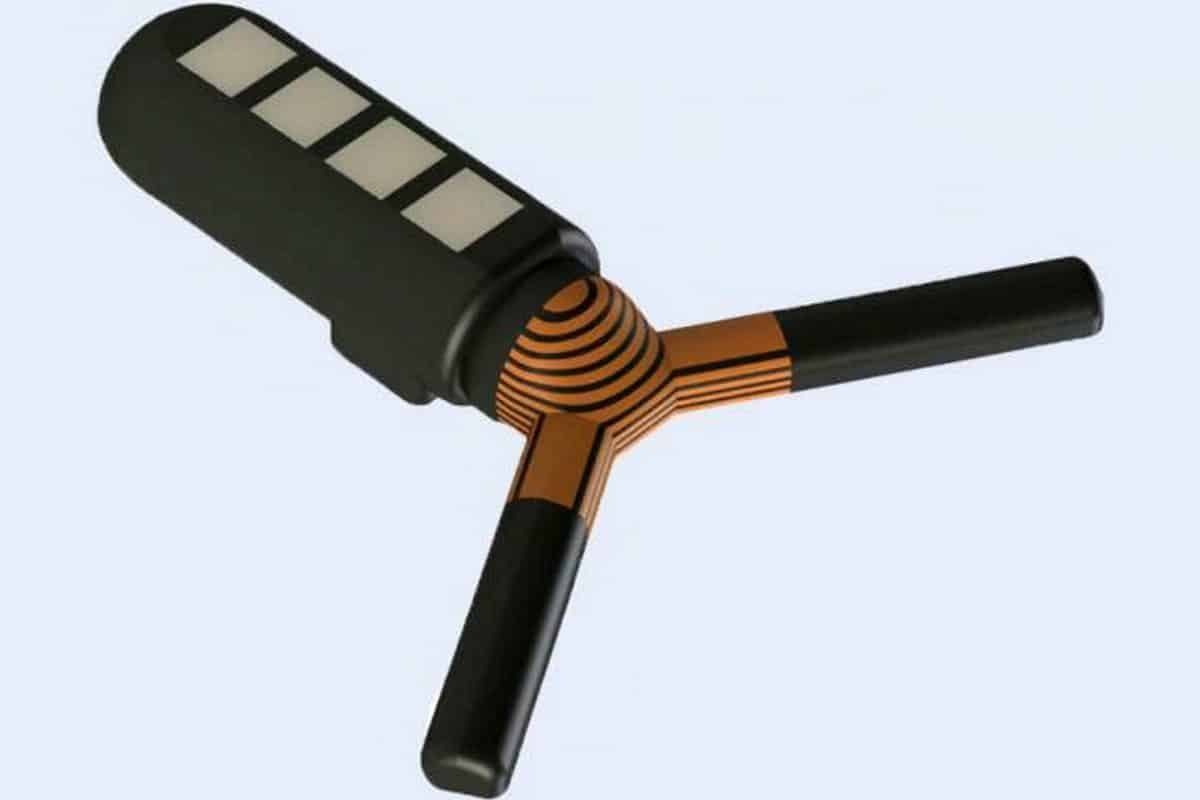
A robotic pill that releases drugs by Bluetooth command from a smartphone promises to do away with injections.
The electronic device designed to sit in the stomach for at least a month can also detect illnesses early relaying a diagnosis wirelessly.
The devices made by 3-D printing can be programmed to sense infections, allergic reactions, or other events, and then release a drug in response.
So it could monitor patients at high risk for infection, such as those receiving chemotherapy or immunosuppressive drugs and if an infection is detected it can release antibiotics.
Or, the device could be designed to release antihistamines when it detects an allergic reaction.
They are designed to replace injections and release drugs for diseases that require patients to strictly take them according to the prescription such as HIV or malaria.
But they cannot be hacked because of the body shielding the weak signals.
Professor Robert Langer, of Massachusetts Institute of Technology (MIT) in the US, said: “We are excited about this demonstration of 3-D printing and of how ingestible technologies can help people through novel devices that facilitate mobile health applications.”
Dr Giovanni Traverso, a visiting scientist at MIT, said: “Our system could provide closed-loop monitoring and treatment, whereby a signal can help guide the delivery of a drug or tuning the dose of a drug.
“We’re really excited about the potential for gastric resident electronics to serve as platforms for mobile health to help patients remotely.”
The latest study combined many of the features the researchers had previously developed over the years.
Two years ago they designed a star-shaped capsule with six arms that fold up before being encased in a smooth capsule.
After being swallowed, the capsule dissolves and the arms expand, allowing the device to lodge in the stomach.
Similarly, the new device unfolds into a Y-shape after being swallowed enabling it to stick to the stomach for about a month, before it breaks into smaller pieces and passes through the digestive tract.
One of these arms includes four small compartments that can be loaded with a variety of drugs packaged within polymers that allow them to be released gradually over several days.
The researchers also anticipated they could design the compartments to be opened remotely through wireless Bluetooth communication.
The device can also carry sensors that monitor the gastric environment and relay information via a wireless signal.
In previous studies the researchers designed sensors that can detect vital signs such as heart rate and breathing rate.
In the new study they demonstrated the capsule could be used to monitor temperature and relay that information directly to a smartphone within arm’s length.
Study lead author Assistant Professor Yong Lin Kong, of the University of Utah, said: “The limited connection range is a desirable security enhancement.
“The self-isolation of wireless signal strength within the user’s physical space could shield the device from unwanted connections, providing a physical isolation for additional security and privacy protection.”
“Multi-materials 3-D printing is a highly versatile manufacturing technology that can create unique multicomponent architectures and functional devices, which cannot be fabricated with conventional manufacturing techniques
“We can potentially create customised ingestible electronics where the gastric residence period can be tailored based on a specific medical application, which could lead to a personalised diagnostic and treatment that is widely accessible.”
The current version is powered by a small silver oxide battery but researchers are exploring the possibility of replacing the battery with alternative power sources, such as an external antenna or stomach acid.
The study tested a temperature sensor in pigs, and researchers estimate within about two years, they may be able to start testing ingestible sensors in human patients.
The study, funded by the Bill and Melinda Gates Foundation and the National Institutes of Health, was published in the journal Advanced Materials Technologies.
By Tony Whitfield